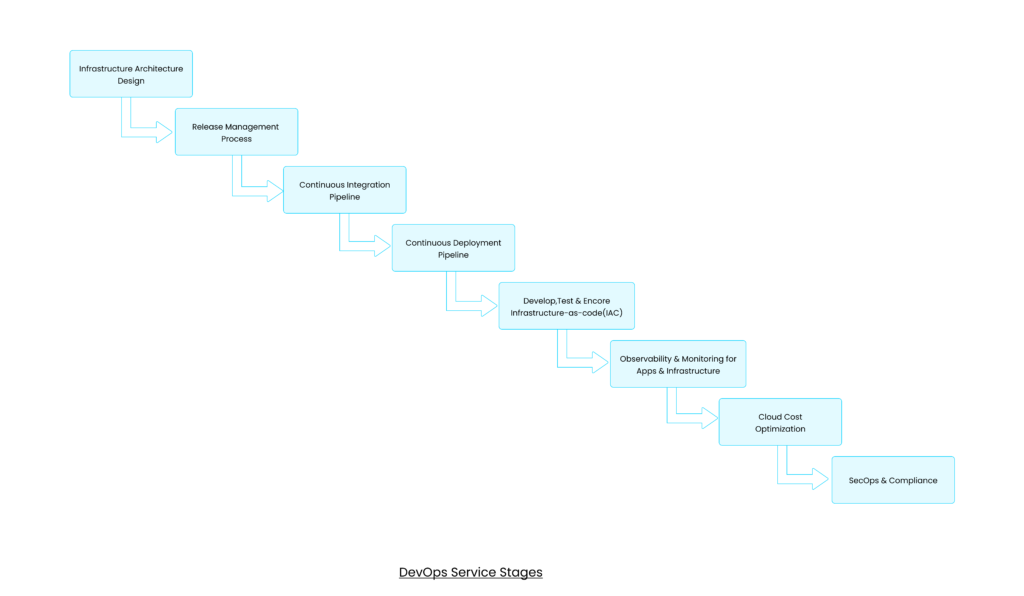Did you know that companies using DevOps and CI/CD pipelines experience much more frequent deployments, shorter development cycles, and a significantly reduced failure rate? In today’s fast-paced software development landscape, where innovation is key, traditional approaches simply can’t keep up. It’s time to embrace the transformative power of DevOps and CI/CD pipelines to revolutionize your software development process and drive unparalleled efficiency and collaboration.
Understanding DevOps: Breaking Down Silos and Promoting Collaboration
DevOps is a set of practices that combines software development (Dev) and IT operations (Ops) to achieve improved collaboration, automation, and continuous delivery. By breaking down silos between teams and fostering communication and collaboration, DevOps ensures faster, more reliable software development and deployment. It involves automating processes, infrastructure provisioning, and utilizing tools to achieve seamless integration and delivery.

Continuous Integration (CI): Catching Integration Issues Early
Continuous Integration is a core practice within DevOps that involves merging code changes from multiple developers into a shared repository frequently. CI aims to identify integration issues early in the development cycle by automatically building and testing the codebase.
By proactively detecting integration issues, teams can address and resolve problems early on, preventing them from escalating into complex and expensive challenges. This proactive approach safeguards a stable and functional codebase, fostering reliable and consistent performance at all times.
With tools such as Jenkins, Azure DevOps, and AWS CodePipeline, developers can automate the build, test, and deployment processes. These tools integrate with version control systems, run automated tests, and provide feedback on the quality of the code changes.
Continuous Deployment (CD): Automating Software Releases
Continuous Deployment extends the concept of CI by automating the release and deployment of code changes to production environments. With CD, every code change that successfully passes through the CI pipeline is automatically deployed to production, eliminating manual intervention and reducing the risk of errors.
This approach enables organizations to achieve rapid and frequent deployments, ensuring that new features and bug fixes reach end-users swiftly.
CI/CD Pipelines
CI/CD pipelines provide the framework for automating the entire software delivery process, from code integration to production deployment. These pipelines consist of multiple stages that encompass building, testing, packaging, and deploying applications. By automating these steps, organizations can ensure consistent and repeatable software delivery, reducing the likelihood of errors and inconsistencies. CI/CD pipelines also enable teams to easily track and audit changes, facilitating collaboration and accountability.

Benefits of DevOps and CI/CD Pipelines:
Accelerated Time-to-Market: DevOps and CI/CD pipelines enable rapid and frequent software releases, reducing the time required to deliver new features or bug fixes to end users.
Improved Software Quality: Continuous integration, automated testing, and code reviews ensure that potential issues are caught early in the development cycle, leading to higher-quality software.
Enhanced Collaboration and Communication: DevOps practices foster a culture of collaboration and shared responsibility between development and operations teams, resulting in improved productivity and efficiency.
Increased Efficiency and Automation: Automation of build, test, and deployment processes reduces manual errors, eliminates repetitive tasks, and allows developers to focus on innovation and code quality.
Scalability and Flexibility: Cloud platforms like Azure and AWS offer scalable infrastructure, allowing organizations to handle increasing workloads and adapt to changing business requirements seamlessly.
Efficient Resource Utilization: DevOps optimizes resource usage through automated provisioning and infrastructure as code, reducing manual effort and errors.
Continuous Feedback and Learning: DevOps and CI/CD enable a feedback loop, allowing teams to gather user feedback and make iterative improvements to the software product.
Best Practices for Successful DevOps and CI/CD Pipelines Implementation
Efficient implementation of DevOps and CI/CD pipelines calls for thorough planning and strategic execution to ensure success. Experts in the field recommended the following best practices:
- Set clear objectives
- Foster cross-functional collaboration
- Choose the right tools and technologies
- Design efficient workflows
- Emphasize continuous improvement
- Monitor and measure performance
- Invest in training and upskilling
Tools for DevOps and CI/CD:
Azure, AWS, and Kubernetes are popular tools and platforms that support DevOps and CI/CD practices:
Azure DevOps and AWS Code Pipeline: These platforms offer integrated services for managing source code repositories, automating build and test processes, and orchestrating deployment pipelines. They provide a seamless and customizable environment for implementing CI/CD pipelines.
Kubernetes: It simplifies DevOps by helping manage containers, automate deployment, scale applications, and optimize resource utilization. Kubernetes plays a crucial role in ensuring consistency and scalability across different environments, making it an ideal choice for organizations embracing DevOps and CI/CD practices.
In the ever-evolving world of software development, staying ahead of the curve requires more than just coding skills. It demands a strategic approach that streamlines the entire development process, fostering collaboration, automation, and rapid delivery. Through the adoption of DevOps principles and the implementation of CI/CD pipelines, organizations can break down silos, automate build and deployment processes, and achieve rapid and frequent software releases.
Contact us today to start optimizing efficiency and accelerating your success. Take the next step towards revolutionizing Software Development with our DevOps solutions.

